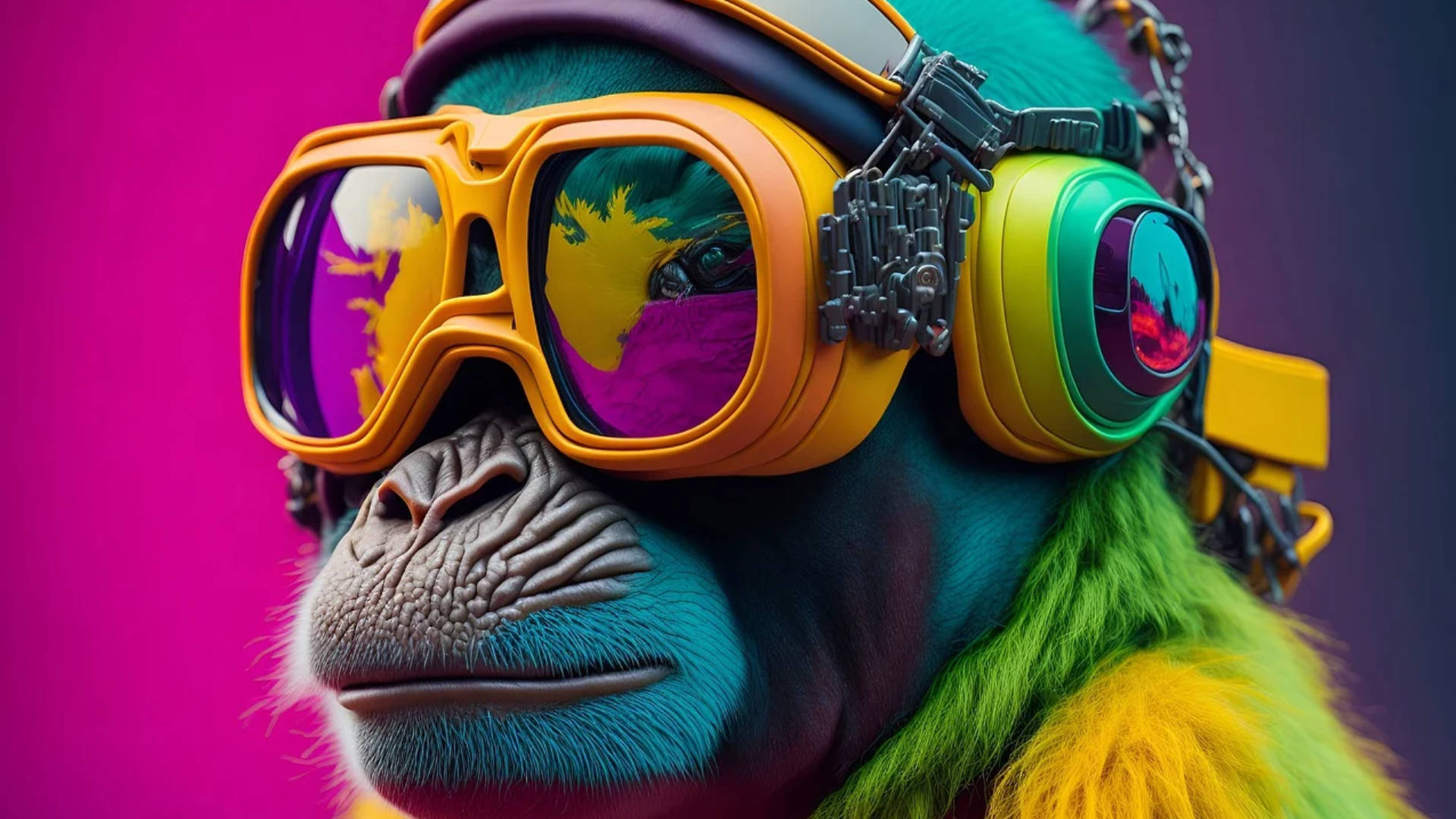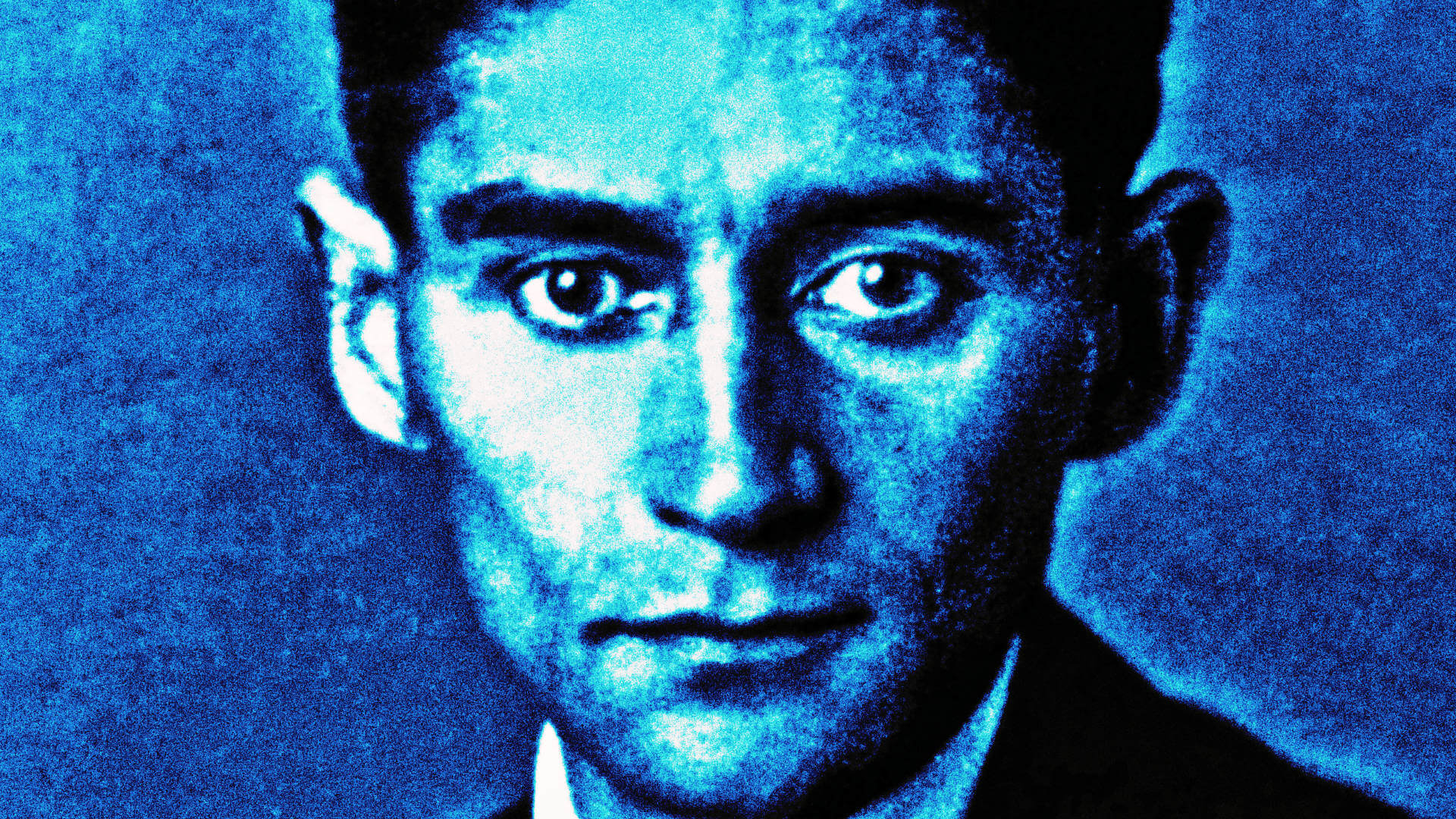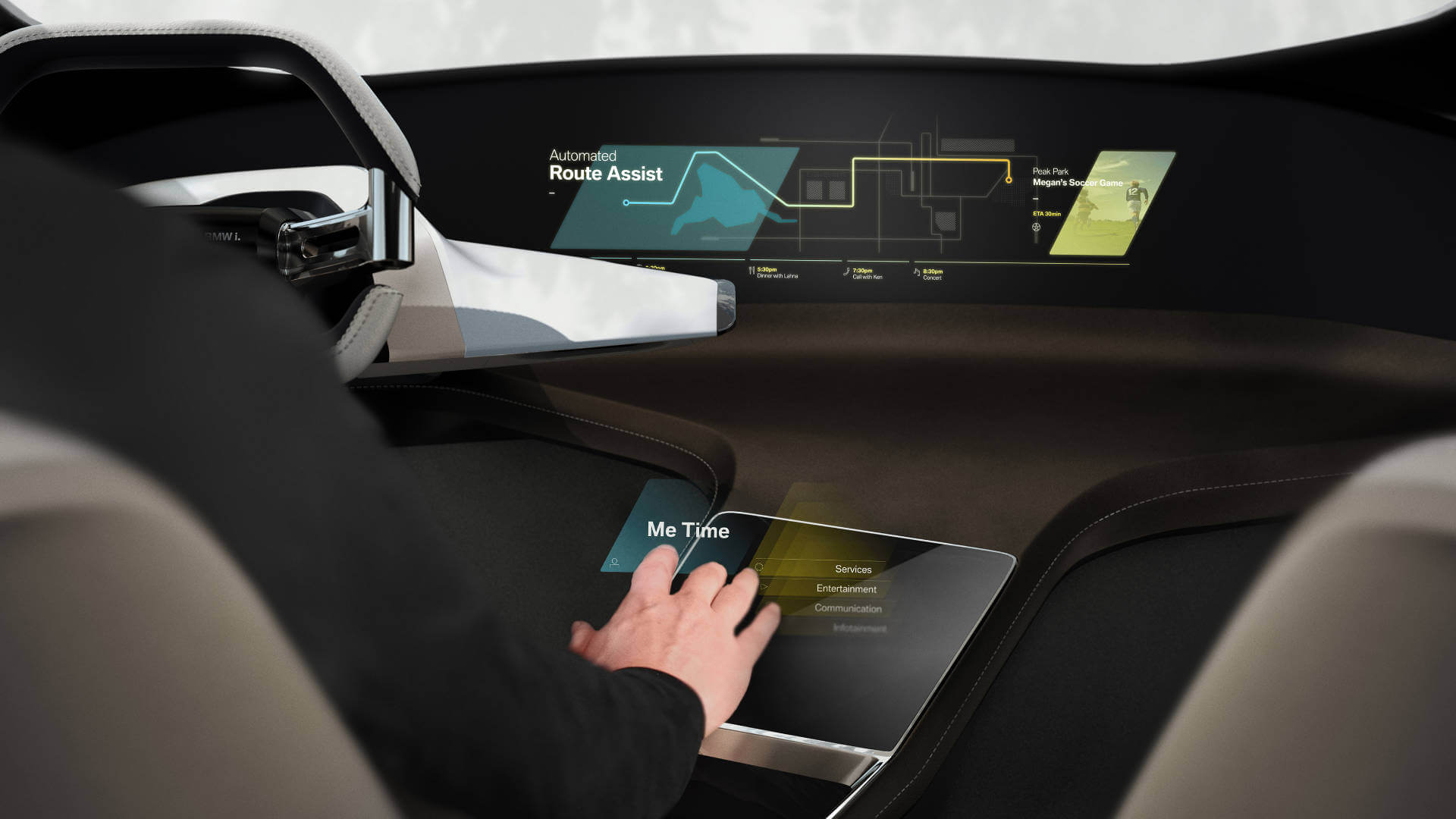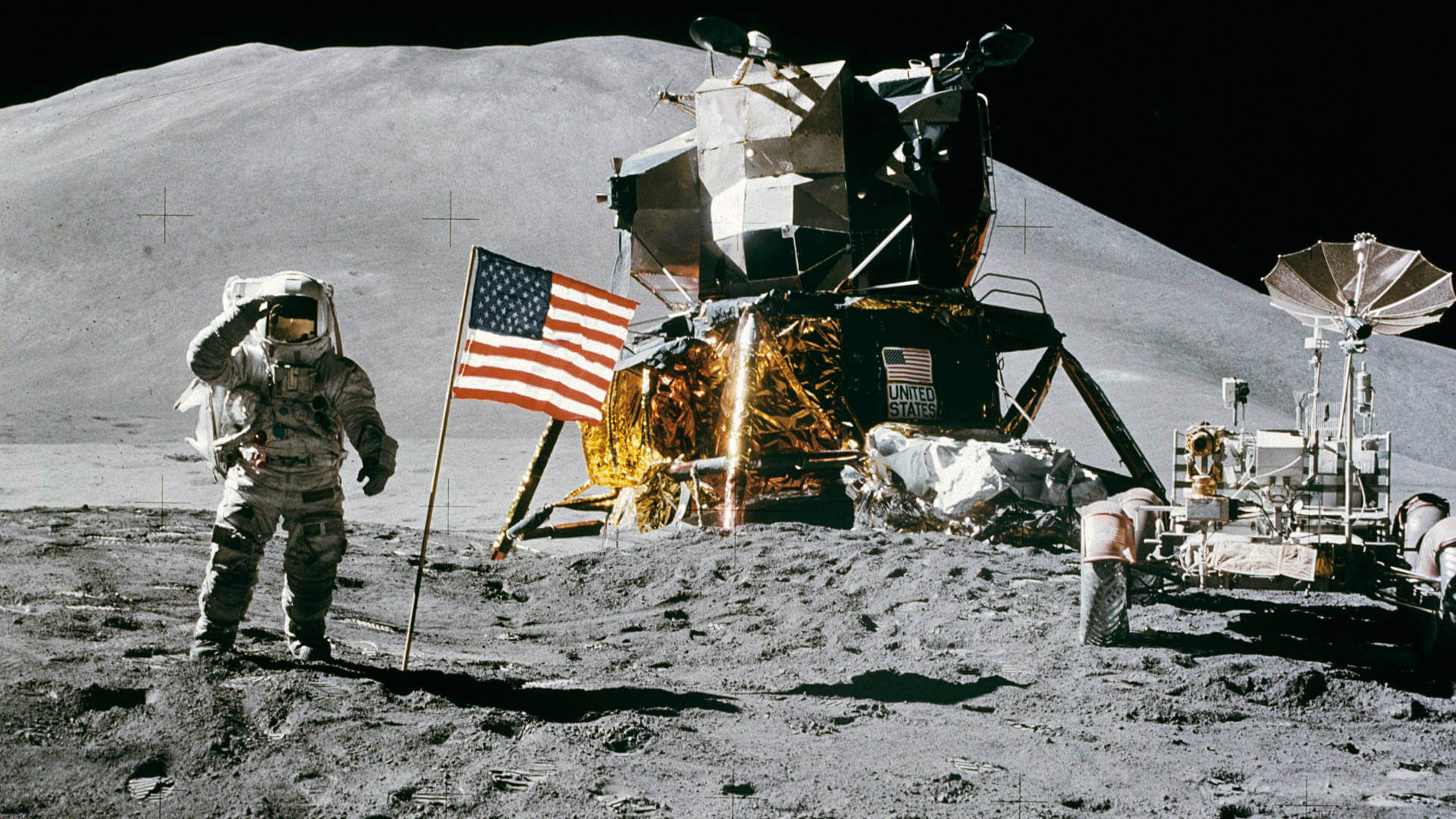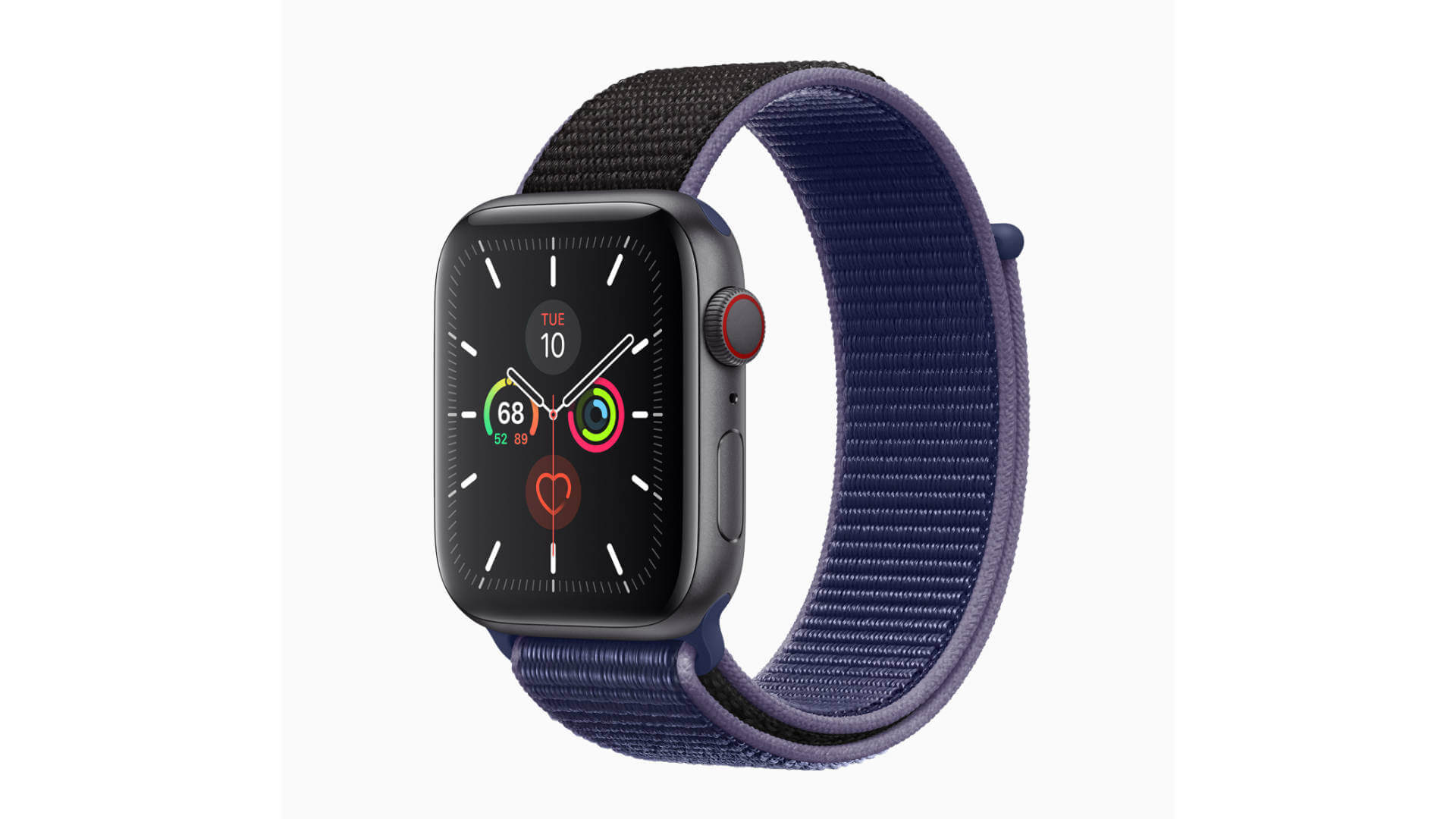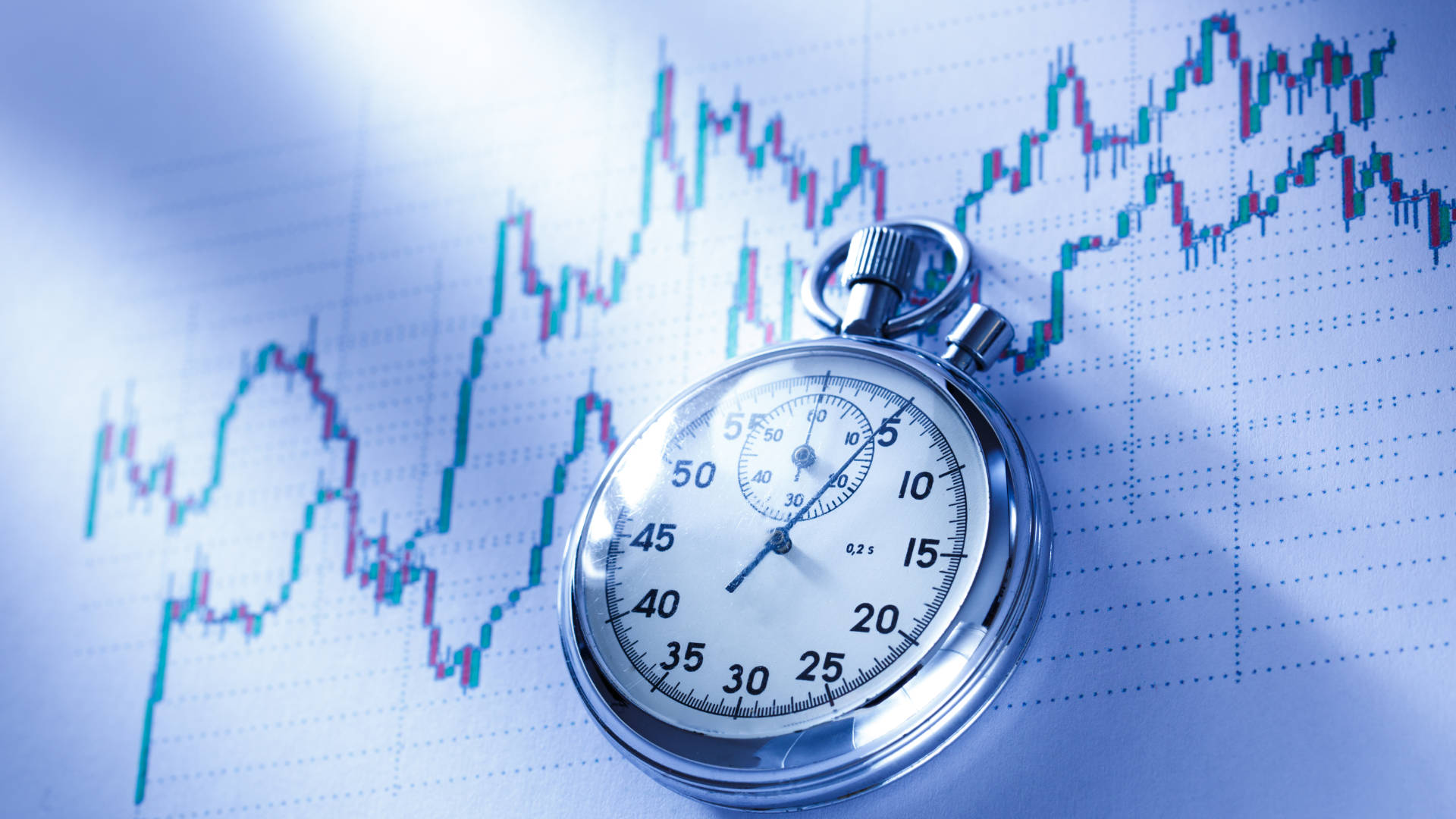Digital Twins, AI and the Cloud – the new age of industrial time series analytics.
Digital Twin – the digital match.
Digital Twins, the most exact possible image of a material or immaterial object, are currently one of the hottest technological topics. In this context, a tangible object could be a jet turbine, while an intangible object could be a complex logistics chain. The breadth of applications in which digital twins are to be used or are already in use is surprising. Major advances in healthcare, for example, are expected to be achieved through them. Digital Twins for individuals who are monitored in real time with their Digital Twin using various smart gadgets. Early detection of illnesses, customized treatment methods and even personalized medications are all on the horizon. It's a market worth billions, so it's no surprise that IBM and Apple are each currently building up the largest treasure trove of health data. The asset of the Apple Watch, however, will be hard to beat, and the strategy is geared to it.
Man as creator – the search for the artificial match.
Even before the electronic revolution changed the world, religions, alchemists, philosophers and even inventors were concerned with the idea that there could be not only life, as it is generally understood, but also artificially created life that would resemble or be the same as it. The reasons for this were very different, the helping robot was an issue only late. In the Old Testament it was the "Golem", Dr. Frankenstein tried it as an alchemist and created a monster, literary, then people wanted to see something tangible. The technical possibilities were limited to mechanical, especially fine mechanical, the field of watchmakers. The first "mechanical beings" appeared in the 18th century by them. At the beginning of the 20th century, a certain Whitmann toured the country with his "Maschinenmensch Barbarossa". The New Age movement wanted to breathe life, a soul into these mechanical objects. Due to the lack of electronics, this was only possible as a hermaphrodite created from man and machine. The "cyborg" was born in the 1930s, an idea that James Cameron borrowed for his Terminator films.
Digital Twins – from the last century, currently hyped.
Depending on the definition of a digital twin, it is a thing of the last century. It's probably been possible to talk about digital twins since 1982 at the latest, when Autodesk, Inc. launched the first version of AutoCAD. Engineers used it to create digital objects, tangible or intangible likenesses that would become reality on this basis. Is the game industry creating digital twins? No, their objects are and will remain fiction, they will not have a real twin, so the basic idea will not change.
Today, Digital Twin is usually understood as more than, for example, an AutoCAD wireframe. Two large groups crystallize:
The first, which replicates a real object without the intention of being permanently related to it in a system context. Retrofitting is one of the topics in this area, especially in the thermal refurbishment of old buildings, which will soon become mandatory due to strict EU directives. In this area, the Digital Twin replicates an existing real object in order to virtually work out an optimal thermal refurbishment, which is then implemented. After that, the digital twin has completed its task and dies.
The second group consists of digital twins whose planned lifespan should correspond to that of the real objects, for those that already exist or those that are just being created in the computer. The twin enters into symbiosis with the real object, changes and ages together with it. The timeline determines their community of destiny. This is the digital twin that most people have in mind when they hear this term. The big difference to digital twins of the last century is that here digital and real object communicate with each other, learn from each other, control loops exist, behavioral predictions are made and more. Predictive maintenance is the buzzword in this context.
Why are the latter digital twins currently becoming one of the topics for production processes, logistics, resource optimization and even human beings? When something fundamentally new emerges, essential technological developments come together to make new technologies possible in the first place. This is also the case with Digital Twins. 5G, IoT, edge cloud, sensor technology, real-time databases and time series technologies, event streaming and much more are turning an old idea into something new that will have a lasting impact on the world.
HAKOM Webinar – First-hand practical knowledge on Digital Twins.
HAKOM Time Series starts its 2023 webinar series with the topic "Digital Twins, AI and the Cloud – the new age of industrial time series analytics." This time's guest is Florian Stark from Industrial Analytics. Among other things, he will provide insights into how Deutsche Bahn will use Digital Twins to become more efficient, sustainable and resource-efficient. Industrial Analytics is a young Berlin-based startup that was acquired by Infineon Technologies AG in August 2022.
Register now for free for the exciting webinar on Digital Twins on Thursday, March 30, 2023 at 14:00 CET. Click link and receive confirmation of participation!
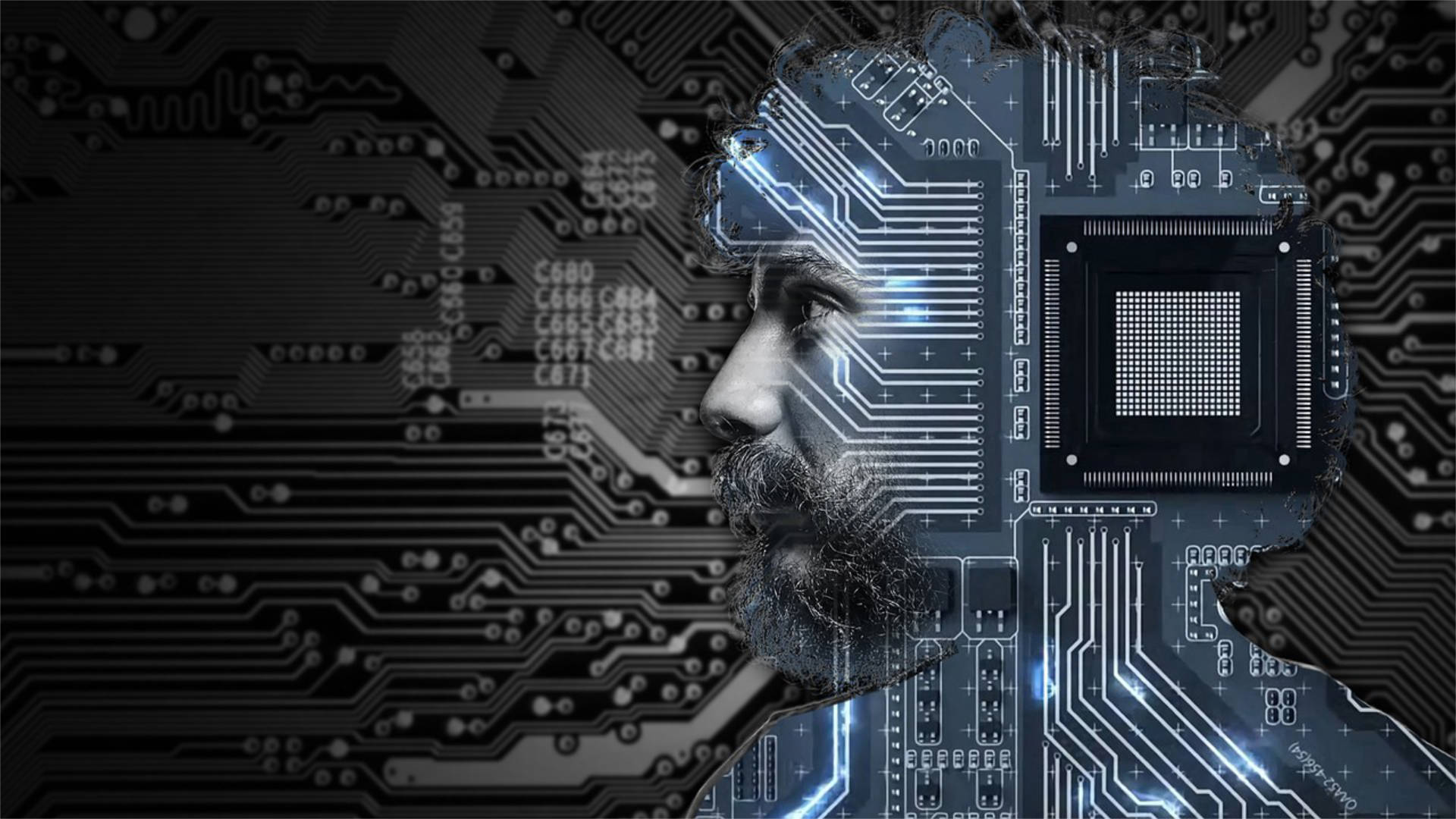
![[Translate to EN:] [Translate to EN:]](/fileadmin/userdaten/DATEN/BILDER/news/inside/2-jahre-powertsm-azure-cloud.jpg)
![[Translate to EN:] [Translate to EN:]](/fileadmin/userdaten/DATEN/BILDER/news/inside/hakom-liat-episoden-2023.jpg)
